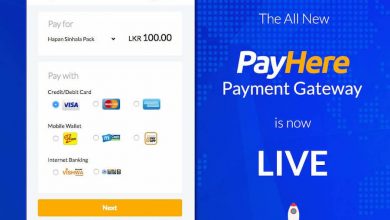Flutter
Flutter is an open-source mobile application development framework created by Google. It is used to develop applications for Android and iOS, as well as being the primary method of creating applications for Google Fuchsia.
Flutter is Google’s portable UI toolkit for crafting beautiful, natively compiled applications for mobile, web, and desktop from a single codebase. Flutter works with …
Fast Development
Paint your app to life in milliseconds with Stateful Hot Reload. Use a rich set of fully-customizable widgets to build native interfaces in minutes.
Flutter’s hot reload feature helps you quickly and easily experiment, build UIs, add features, and fix bugs. Hot reload works by injecting updated source code files into the running Dart Virtual Machine (VM). After the VM updates classes with the new versions of fields and functions, the Flutter framework automatically rebuilds the widget tree, allowing you to quickly view the effects of your changes
To hot reload a Flutter app:
- Run the app from a supported Flutter editor or a terminal window. Either a physical or virtual device can be the target. Only Flutter apps in debug mode can be hot reloaded.
- Modify one of the Dart files in your project. Most types of code changes can be hot reloaded; for a list of changes that require a hot restart, see Limitations.
- If you’re working in an IDE/editor that supports Flutter’s IDE tools, select Save All (
cmd-s/ctrl-s), or click the Hot Reload button on the toolbar:
Expressive and Flexible UI
Quickly ship features with a focus on native end-user experiences. Layered architecture allows for full customization, which results in incredibly fast rendering and expressive and flexible designs.
Native Performance
Flutter’s widgets incorporate all critical platform differences such as scrolling, navigation, icons and fonts to provide full native performance on both iOS and Android.
-

Payhere Flutter Android Release Build Issue fixed – 2021-December
Problem Statement Flutter release apk can’t proceed payment in PayHere Customers are unable to continue with payment after clicking a…
Read More »

